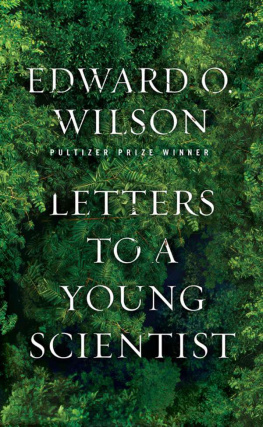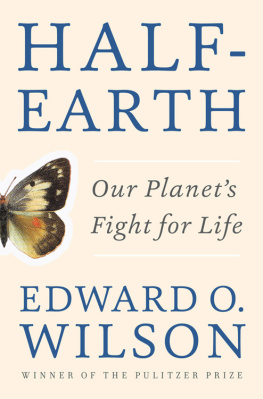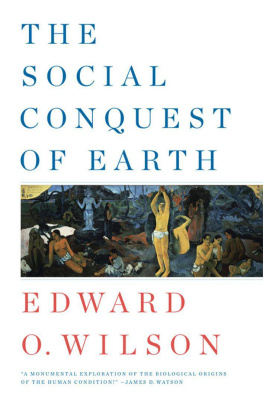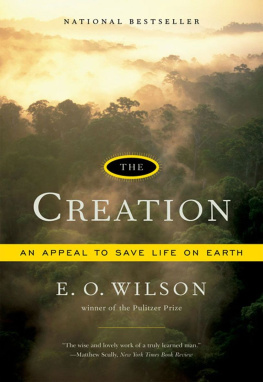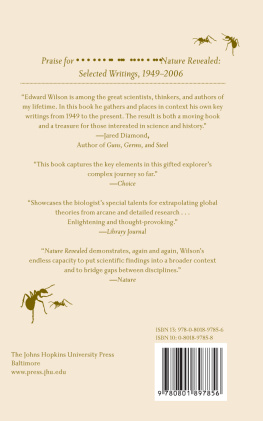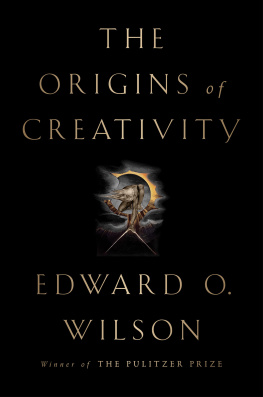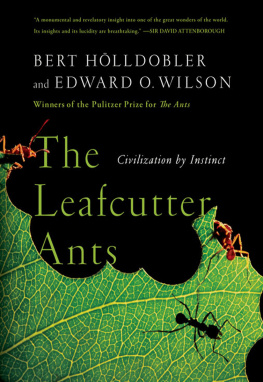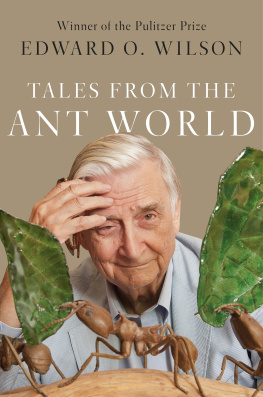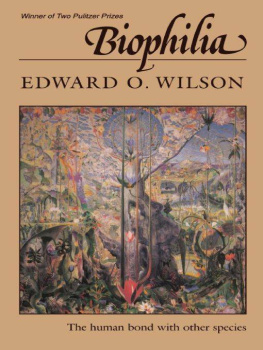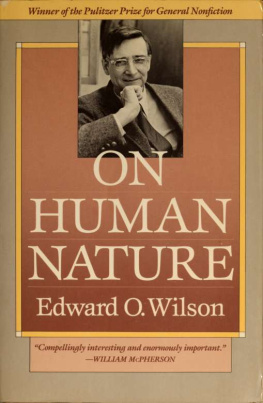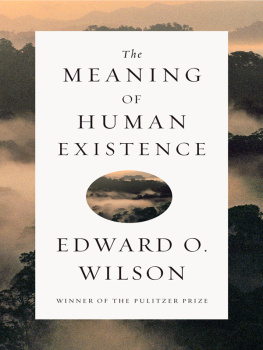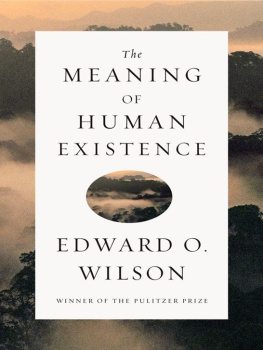
LETTERS
to a
YOUNG SCIENTIST

Edward O. Wilson


To the memory of my mentors,
Ralph L. Chermock and William L. Brown
CONTENTS

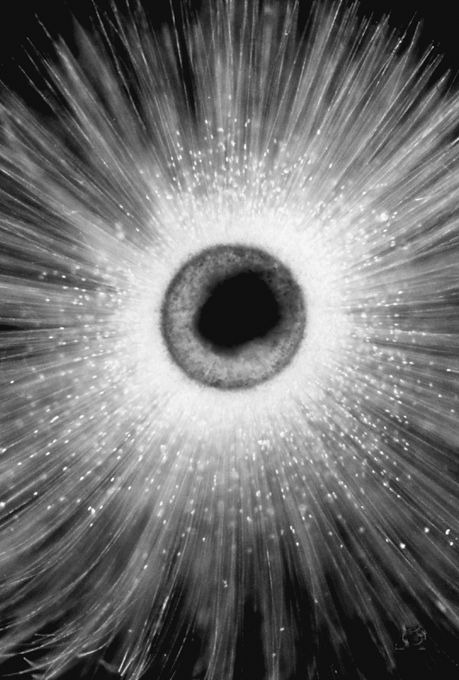
The foraminiferan Orbulina universa , a single-celled oceanic organism. Modified from photograph by Howard J. Spero, University of California, Davis.


D EAR F RIEND,
From half a century of teaching students and young professionals in science, I feel privileged and fortunate to have counseled many hundreds of talented and ambitious young people. As a result, I have gleaned a deep knowledge, indeed a philosophy, of what you need to know to succeed in science. I hope you will benefit from the thoughts and stories I will offer you in the letters to follow.
First and foremost, I urge you to stay on the path youve chosen, and to travel on it as far as you can. The world needs youbadly. Humanity is now fully in the technoscientific age, and there is no turning back. Although its rate of increase varies among its many disciplines, scientific knowledge doubles every fifteen to twenty years. And so it has been since the 1600s, achieving a prodigious magnitude today. And like all unfettered exponential growth given enough time, it seems decade by decade to be ascending almost vertically. High technology runs at comparable pace alongside it. Science and technology, bound in tight symbiotic alliance, pervade every dimension of our lives. They hide no long-lasting secrets. They are open to everyone, everywhere. The Internet and all the other accouterments of digital technology have rendered communication global and instant. Soon all published knowledge in both science and the humanities will be available with a few keystrokes.
In case this assessment seems a bit feverish (although I suspect it is not, really), Ill provide an example of a quantum leap in which I was fortunate to play a role. It occurred in taxonomy, the classification of organisms, until recently a notoriously old-fashioned and sluggish discipline. Back in 1735, Carl Linnaeus, a Swedish naturalist who ranked with Isaac Newton as the best-known scientist of the eighteenth century, launched one of the most audacious research projects of all time. He proposed to discover and classify every kind of plant and animal on Earth. In 1759, to streamline the process, he began to give each species a double Latinized name, such as Canis familiaris for the domestic dog and Acer rubrum for the American red maple.
Linnaeus had no idea, not even to the power of 10 (that is, whether 10,000, or 100,000, or 1,000,000), of the magnitude of his self-assigned task. He guessed that plant species, his specialty, would turn out to number around 10,000. The richness of the tropical regions were unknown to him. The number of known and classified plant species today is 310,000 and is expected to reach 350,000. When animals and fungi are added, the total number of species currently known is in excess of 1.9 millionand is expected to eventually reach 10 million or more. Of bacteria, the dark matter of living diversity, only about 10,000 kinds are currently known (in 2013), but the number is accelerating and is likely to add millions of species to the global roster. So, just as in Linnaeuss time 250 years ago, most of life on Earth remains unknown.
The still-deep pit of ignorance about biodiversity is a problem not just for specialists but for everyone. How are we all going to manage the planet and keep it sustainable if we know so little about it?
Until recently, the solution seemed out of reach. Hardworking scientists have been able to add only about eighteen thousand new species each year. If this rate were to continue, it would take two centuries or longer to account for all of Earths biodiversity, a period nearly as long as that from the Linnaean initiative to the present time. What is the reason for this bottleneck? Until recently the problem was one of technology, and it appeared insoluble. For historical reasons, the great bulk of reference specimens and printed literature about them was confined to a relatively small number of museums, located in a few cities in Western Europe and North America. To conduct basic research on taxonomy, it was often necessary to visit these distant places. The only alternative was to arrange to have the specimens and literature mailed, always a time-consuming and risky operation.
By the turn of the twenty-first century, biologists were looking for a technology that could somehow solve the problem. In 2003 I suggested what in retrospect seems the obvious solution: the creation of the online Encyclopedia of Life, which would include digitized, high-resolution photographs of reference specimens, with all information on each species, updated continuously. It was to be an open source, with new entries screened by curators expert in each group of species, such as centipedes, bark beetles, and conifers. The project was funded by 2005, and with the parallel Census of Marine Life, it has accelerated taxonomy, as well as those branches of biology dependent on accurate classification. At the time I write, over half the known species on Earth have been incorporated. The knowledge is available to anyone, anytime, anywhere, for free, at a keystroke (EOL.com).
So swift do advances like this in biodiversity studies occur, so startling the twists and turns in every discipline, the future of the technoscientific revolution cannot be assayed for any branch of science even just a decade ahead. Of course, there will come a time when the exponential growth in discovery and cumulative knowledge must peak and level off. But that wont matter to you. The revolution will continue for at least most of the twenty-first century, during which it will render the human condition radically different from what it is today. Traditional disciplines of research will metamorphose, by todays standards, into barely recognizable forms. In the process they will spin off new fields of researchscience-based technology, technology-based science, and industry based on technology and science. Eventually all of science will coalesce into a continuum of description and explanation through which any educated person can travel by guidelines of principles and laws.
The introduction to science and scientific careers that I will give you in this series of letters is not traditional in form or tone. I mean it to be as personal as possible, using my experiences in research and teaching to provide a realistic image of the challenges and rewards you can expect as you pass through a life in science.

Next page
